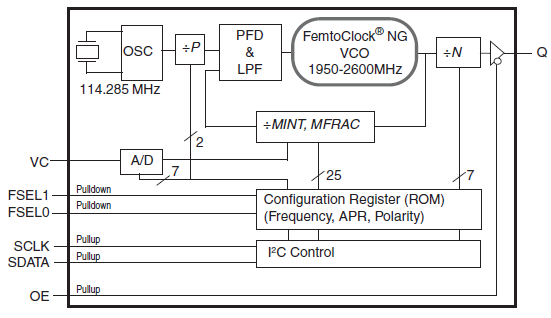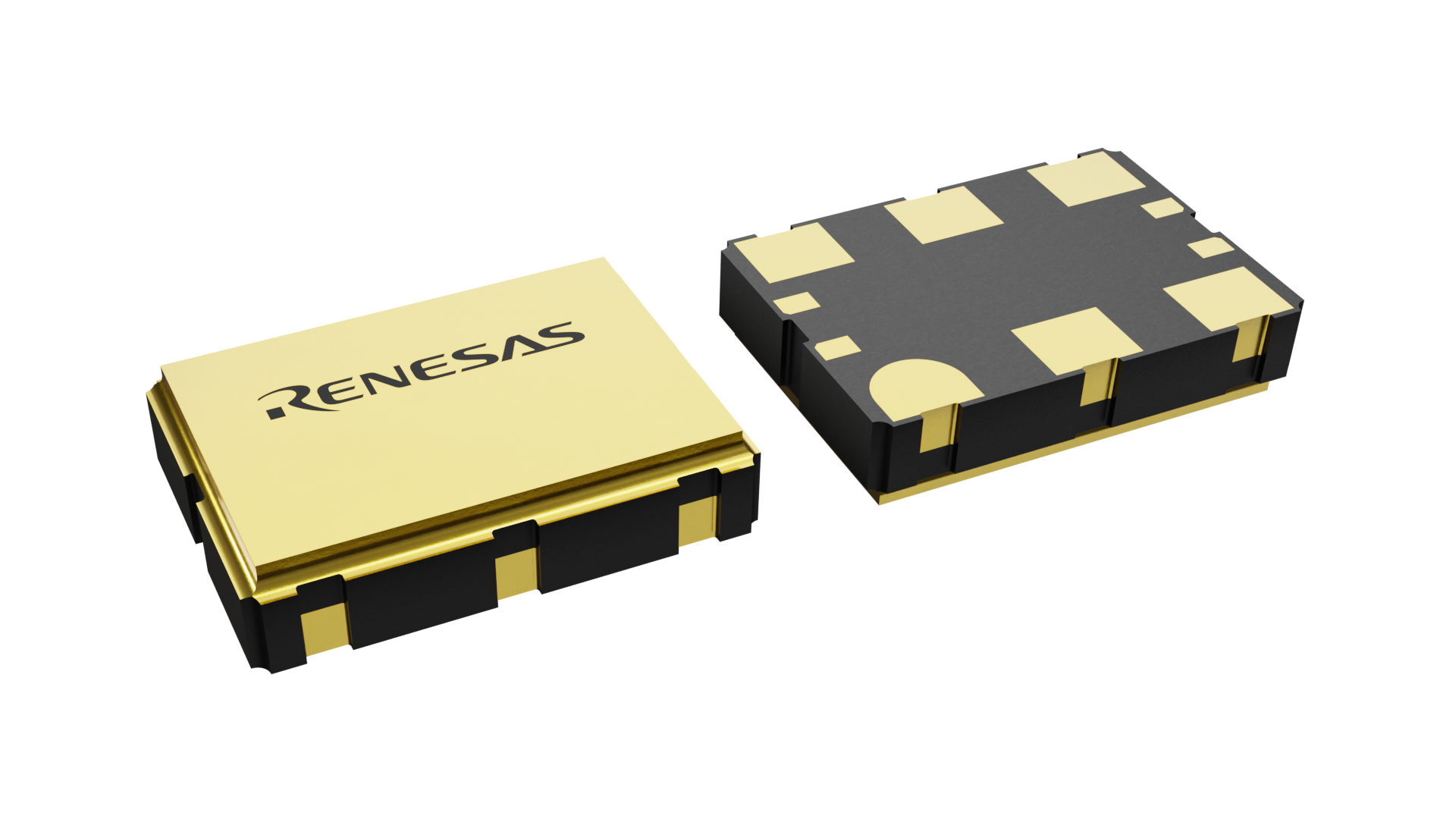封装信息
| CAD 模型: | View CAD Model |
| Pkg. Type: | CLCC |
| Pkg. Code: | CD10 |
| Lead Count (#): | 10 |
| Pkg. Dimensions (mm): | 7.0 x 5.0 x 1.5 |
| Pitch (mm): | 2.54 |
环境和出口类别
| Moisture Sensitivity Level (MSL) | 1 |
| Pb (Lead) Free | Yes |
| ECCN (US) | EAR99 |
| HTS (US) | 8542.39.0090 |
产品属性
| Lead Count (#) | 10 |
| Carrier Type | Tray |
| Moisture Sensitivity Level (MSL) | 1 |
| Qty. per Reel (#) | 0 |
| Qty. per Carrier (#) | 364 |
| Pb (Lead) Free | Yes |
| Pb Free Category | e4 Au |
| Temp. Range (°C) | 0 to 70°C |
| Abs. Pull Range Min. (± PPM) | 3 |
| Advanced Features | Programmable Clock |
| C-C Jitter Typ P-P (ps) | 15 |
| Core Voltage (V) | 3.3 |
| Family Name | FemtoClock NG |
| Feedback Input | No |
| Freq. Accuracy Init. (± PPM) | 50 |
| Freq. Accuracy Temp. (± PPM) | 50 |
| Freq. Stability Total (± PPM) | 63 |
| Function | VCXO |
| Length (mm) | 7 |
| MOQ | 1 |
| Output Banks (#) | 1 |
| Output Freq Range (MHz) | 15.476 - 260 |
| Output Signaling | LVCMOS |
| Output Type | LVCMOS |
| Output Voltage (V) | 3.3 |
| Outputs (#) | 1 |
| Package Area (mm²) | 35 |
| Period Jitter Typ P-P (ps) | 2.6 |
| Phase Jitter Typ RMS (fs) | 640 |
| Phase Jitter Typ RMS (ps) | 0.64 |
| Pitch (mm) | 2.54 |
| Pkg. Dimensions (mm) | 7.0 x 5.0 x 1.5 |
| Pkg. Type | CLCC |
| Price (USD) | $23.27 |
| Prog. Clock | Yes |
| Prog. Interface | I2C |
| Requires Terms and Conditions | Does not require acceptance of Terms and Conditions |
| Supply Voltage (V) | 2.5 - 2.5, 3.3 - 3.3 |
| Tape & Reel | No |
| Thickness (mm) | 1.5 |
| VCO Max Freq (MHz) | 2600 |
| VCO Min Freq (MHz) | 1950 |
| Width (mm) | 5 |
| 已发布 | No |
有关 8N0QV01 的资源
描述
The 8N0QV01 is a Quad-Frequency Programmable VCXO with very flexible frequency and pull-range programming capabilities. The device uses IDT’s Fourth Generation FemtoClock® NG technology for an optimum of high clock frequency and low phase noise performance. The device accepts 2.5V or 3.3V supply and is
packaged in a small, lead-free (RoHS 6) 10-lead ceramic 5mm x 7mm x 1.55mm package.
Besides the four default power-up frequencies set by the FSEL0 and FSEL1 pins, the 8N0QV01 can be programmed via the I2C interface to any output clock frequency between 15.476MHz to 260MHz to a very high degree of precision with a frequency step size of 435.9Hz ÷N (N: PLL post divider). Since the FSEL0 and FSEL1 pins are mapped to four independent PLL, P, M and N divider registers (P, MINT, MFRAC and N), reprogramming those registers to other frequencies under control of FSEL0 and FSEL1 is supported. The extended temperature range supports wireless infrastructure, telecommunication and networking end equipment requirements.


